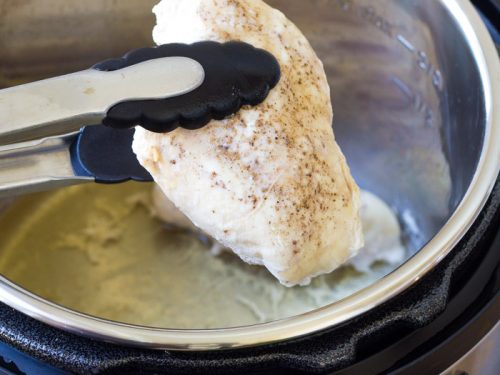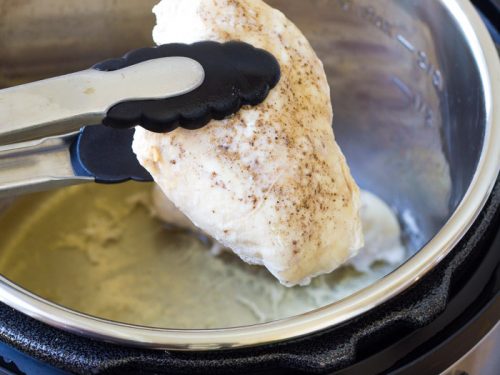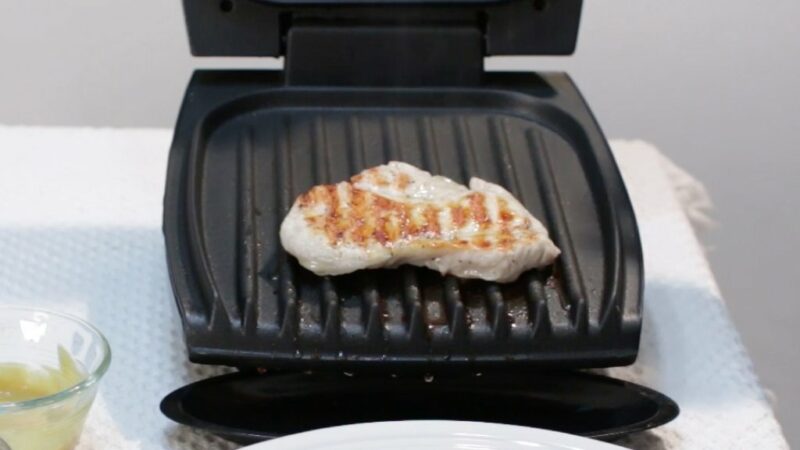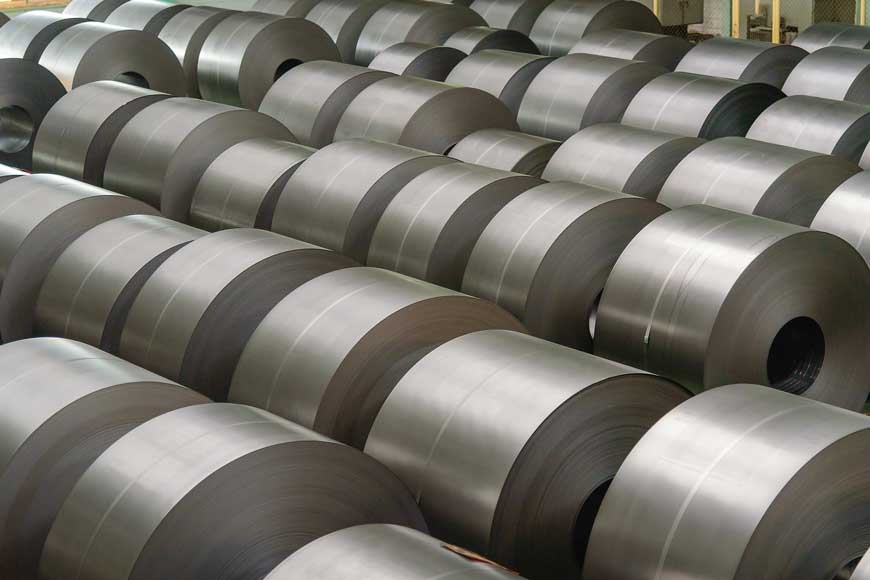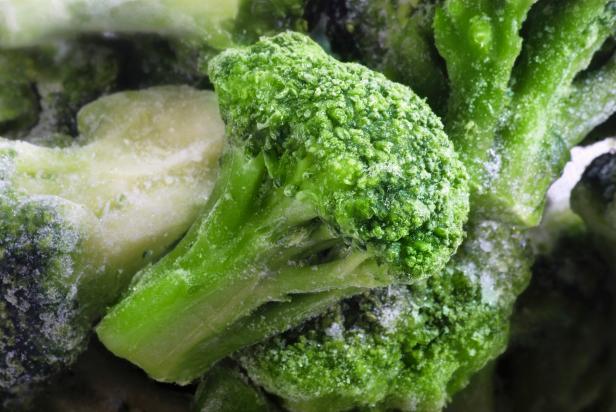The Ultimate Guide to Frying Samosas: Do You Need to Defrost Them First?
Samosas are a popular snack and appetizer loved by many people around the world. They are perfectly crispy on the outside and flavorful inside, making them a great treat for anyone looking for quick tasty bites.
However, when it comes to frying samosas, there seems to be some confusion on whether or not you should defrost them first. In this ultimate guide, we will explore the different schools of thought surrounding this topic and provide you with all the information you need to create perfectly cooked samosas every time.
What are Samosas?
Before we dive into the topic of frying samosas, it’s essential to know what they are. Samosas originated in Central Asia as early as 8th-13th centuries. However, now they are enjoyed globally due to their taste and convenient serving size. They’re basically a triangular pastry pocket typically filled with vegetables or meat. Additionally, there’s much variation in samosa fillings worldwide based on regional preferences.
Samosas have three primary components: dough, filling, and spices. The dough is typically made up of flour, water, salt, and oil. The filling ingredients may differ from one another but generally include vegetables like potatoes or peas in Indian cuisine while minced-meat is stuffed in middle eastern cuisine samosas. Finally, spices give samosas various flavors/sensations such as heat/spiciness found in cumin, coriander or sweet flavors some containing cloves or cardamom.
How to Make Samosas from Scratch
Making samosas from scratch may seem daunting at first, but it’s a culinary skill worth learning that could impress family/friends at social gatherings! We have listed step-by-step instructions that can help you become an expert samosa maker in no time.
Steps for Preparing the Dough
- Mix flour and salt.
- Add oil, mix well, then slowly pour in water, mixing until a soft dough forms.
- Knead the dough for a few minutes and let it rest for at least 30 minutes or as long as an hour.
Steps for Preparing the Filling
- Mix together all ingredients for samosa filling (veggies, meat, spices) in a large bowl.
- Cook the mixture of the samosa filling over medium heat until it is dry and crispy.
Steps for Assembling Samosas
- Knead the dough once again and divide it into small balls. Roll out each ball to form a circular shape about 6 inches in diameter.
- Cut that circle into two halves forming two semi-circles
- Fold each semi-circle like a cone with one edge slightly overlapping on another and seal using samosa fritter batter made up of all-purpose flour and water.
- Fill the conical pocket with ~2 tablespoons of your preferred filling. Make sure not to stuff it too full so that it can adequately be sealed without bursting.
- Pinch the open top together gently to seal it ensure there is no chance of filling flowing out.
- Brush each samosa with oil/butter or egg wash optionally if you desire an extra crispy texture coating before frying them.
- Easy to prepare samosas in advance
- Extends shelf life
- They’re always ready to fry
- Maintains the original flavor
- Cool down freshly made samosas until they’ve reached room temperature.
- Line the bottom of an airtight container with parchment paper or waxed paper.
- Lay the samosas one by one on the lined container, slightly apart from each other to prevent sticking together.
- Put another layer of parchment paper or waxed paper atop the first row and repeat the above step until all samosas are completed.
- Cover the container and set in the freezer until frozen solid (around 2 hours).
- Pour about two inches of oil in a pan and warm to 350°F over medium heat.
- Carefully drop samosas into hot oil using tongs or slotted spoon.
- Stir the samosas intermittently for even cooking until they appear golden brown (~5mins).
- Once done, remove from the hot oil using tongs or skimmer spoon and let them cool slightly on paper towels or a wire rack.
- Ensures Even Cooking:By defrosting the samosas before frying, they will cook evenly without being browned on one side and raw inside.
- Prevents Oil from Splattering:If you submerge a frozen samosa into hot oil, its moisture content may cause the oil to splatter and burn you. Defrosting helps remove any excess moisture before cooking it.
- Yields a Crispier Texture:Defrosted samosas allow the moisture level to evaporate fully out, making them crispy and giving that golden brown color even on all sides.
- Causes Soggy Samosas:Samosas that are defrosted first may become soggy during cooking, thus ruining their crispy texture.
- Can Cause Some Filling Ingredients to Ooze Out: If frozen samosas are defrosted before frying, some moist ingredients like potato or meat filling may release juices when heated up, causing spills or disfiguring the shape of the samosas.
- Fast and convenient for small batches of samosas
- Samosas already being soft from defrosting makes them easier to handle
- The microwave can cook the edges of defrosted samosas, creating an unevenly cooked final product.
- The samosas may dry out if not monitored correctly
- If heating time isn’t strictly monitored, the pastry could cook before its filling gets heated through leading to undercooked filling.
- No additional energy sources required just set it aside.
- If there’s no rush to consume the samosas right away since they retain freshness longer as they slowly thaw than microwaving them.
- Takes a longer time than microwave defrost, so may not be ideal for people in a hurry.
- Can start development of bacteria over time as it takes some longer duration for defrosting
- Rapidly relaxes the frozen state resulting in quick uniform thawing without any dryness since water doesn’t need much time to distribute heat uniformly.
- It’s perfect when one wants to cook samosas within a short time.
- You need a waterproof bag that won’t leak during submersion.
- If not closely monitored, the filling could become too watery due to excessive exposure of filling ingredients to hot water even though it might take shorter time.
- Overcrowding the frying pan:Filling up the pan with too many samosas at a time leads up to an unevenly cooked and may make them stick or break apart during frying.
- Not using the right type of oil:Using bland oils such as sunflower or canola instead of flavorful oils like ghee can impact taste and texture quality.
- Not Seasoning the oil:Given that samosas are not typically salted, adding a pinch of salt or sesame seeds to oil before frying it enhances taste and gives a more flavor burst when directly biting on the samosa.
- Refrigerating them in an airtight container at 34°F- 42°F reduces chances of staleness materializing. However, if expected consumption duration exceeds a day or two keeping in the freezer is advised.
- Samosas can be frozen and stored for about three months. Thawing should be done by following one of the methods listed above before reheating.
The easy way:You may also use pre-made samosa pastry sheets available in the market instead of making them from scratch.
Freezing Samosas: Tips and Tricks
Making samosas is time-consuming. Therefore it’s ideal if you can make it ahead and store some for future use. Freezing samosas is a great option in this case. Not only does it allow for easy storage, but it also prolongs shelf life while retaining freshness and taste for months. Plus, they’re unfussy to have ready-to-eat sliced samosas in the freezer if guests arrive at short notice!
Benefits of Freezing Samosas
How to Properly Freeze Samosas
Note: Make sure that while stacking them in a container, keep a light gap between each pair of samosas as they tend to stick.
Storage Times and Best Practices
Samosas can stay fresh for three months if frozen correctly by being kept within -18°C and -22°C.Note:it’s best to consume within 3 weeks of freezing for the best flavor.
Deep Frying Samosas
After making the samosas, the next step is to fry them. But before you start frying them, there are a few steps you should follow to get perfectly crispy golden Samosas. We’ve compiled an easy-to-follow set of guidelines to make frying samosas a breeze.
Step-by-Step Instructions:
Guidelines for Oil Temperature
When it comes to deep-frying samosas, the oil temperature is crucial as it could significantly affect its texture. Too low temperature will not give a crispy outer layer while too high temperature may burn or undercook them. It is best advised to maintain an appropriate temperature for successful results; typically 350°F(175°C) ensures perfectly cooked samosas.
How to Avoid Overcooking or Undercooking
One critical key pointer when frying samosas and other fried dishes is even cooking. Overcooking causes the filling inside to burn and turn mushy while undercooked ones might make them indigestible and ruin taste experience.
Therefore, use a thermometer or timer to keep track of the cooking time while ensuring that samosas have enough space around them. Do not overcrowd the pot/pan full with samosas and keep them apart during frying for even browning.
Do You De-frost Samosas Before Frying Them?
Now it’s time to get to the point where a million samosa-consuming faithfuls worldwide have been asking, “Do I need to defrost my Samosas before frying them?”. Typically, there are two schools of thought on whether frozen samosas require defrosting first or not.
Exploring Various Schools of Thought:
Case for Defrosting:
Some people prefer defrosting their Samosas before frying them. Here are some arguments in favor of why you should defrost your samosas before frying:
Arguments Against Defrosting:
While some people defend their preference for defrosting, there is also an opposing argument that disagrees. Here are some reasons why people recommend not de-frosting their Samosas:
Different Methods for Defrosting Samosas: Pros and Cons
Microwave Defrosting Methods:
This method involves reheating defrosting frozen foods in a microwave. Here are some pros and cons when using the microwave defrosting method.
Pros:
Cons:
Room Temperature Defrosting Method:
Letting frozen Samosas sit at room temperature is an easy way to thaw them if one needs time to wait for it. Here are some pros and cons of using this method.
Pros:
Cons:
The Hot Water Method:
This method is where frozen samosas are placed in a plastic bag and then submerged entirely underwater and thawed. It’s the quickest way to defrost frozen samosas on this list.
Pros:
Cons:
Common Mistakes to Avoid When Frying Samosas
Frying samosas might seem straightforward, but there are some mistakes many people make while cooking them. Here are the most common mistakes you should avoid when frying samosas:
How to Serve and Store Fried Samosas
After frying the Samosas, you may either serve them fresh or store them for later consumption.
Accompaniments for Fried Samosas
One advantage of samosas is its versatile integration as a starter or snack that can be paired with a range of accompaniments to diversify taste like chutney, mint-coriander sauce, sweet chili sauce or sour cream/dips based on personal preference.
Storage Times
If you’re planning to consume samosas within 24 hours then you may just keep uncovered at room temperature. Otherwise:
Conclusion
In conclusion, samosas are an excellent snack and appetizer globally renowned for their unique blend of crispy crusts, savory fillings, and spice blends. However, frying frozen samosas requires careful measures and preparations for successful outcomes. Whether to defrost or otherwise is subjective and depends on personal preferences since it may lead to either soggy texture from defrosted filling components due to fluidic imbalances inside or unevenly cooked final product if not sufficiently defrosted. Above all, experiment and find out what works best for you in this ultimate guide to frying samosas. Nonetheless, the tips & tricks and guidelines provided henceforth will assist in enjoying a crispy filling, every single time!
1. Can I fry samosas directly from the freezer?
Absolutely not! It is not safe to fry frozen samosas as it can lead to uneven cooking, oil splatters, and oil temperature issues. You need to defrost them first for consistent results.
2. How do I defrost samosas before frying them?
The best way to defrost samosas is to leave them in the refrigerator for several hours or overnight. This ensures they thaw slowly and evenly without compromising their taste and texture. Alternatively, you may use a microwave or steam them for a few minutes.
3. What happens if I don’t defrost samosas before frying?
If you attempt to fry frozen samosas, they will turn out greasy, undercooked, or burnt on the outside and frozen on the inside. Moreover, it can be dangerous as the sudden change in temperature can cause hot oil to splatter, leading to severe burns.
4. Is it necessary to defrost homemade or store-bought samosas before frying?
Yes, it is advisable to defrost both homemade and store-bought samosas before frying. This ensures they cook evenly and don’t burn on the outside while still raw on the inside. Additionally, defrosting helps to preserve their flavor and texture, making them more enjoyable to eat.

